Bees, Wasps, and Ants (Hymenoptera)
Ants
FormicidaeMembers of this abundant family live socially in colonies. They divide themselves into classes: workers are sterile females, while the winged males and females (queens) reproduce. Ants work together like bees, and communicate by using chemicals. They are known to pollinate some plants, and are often observed visiting flowers, sometimes feeding on pollen and nectar. Other food sources vary: some are predators or scavengers, while others feed on honeydew, collect seeds, or cultivate fungus.
Representative Genera and Species:
Dolichoderus plagiatus, Myrmica
Pollinator Life Cycle:
A complete life cycle usually takes less than a year for most species. In spring, winged males and queens emerge from different nests and mate. Soon after, males die and since females will never mate again, they remove their wings. Queens typically rear the first brood of workers alone, which then take over nest duties and forage for food while the queen continues to lay eggs. Broods that over-winter usually do so as larvae (uniform or mixed-ages). Pupae develop either in a cocoon or without one.
Rarity Status:
The status of Canadian species has not yet been assessed, and none are legally protected.
Physical Appearance:
Ants range between 1 and 25 mm long, with colouration typically black, brown, or reddish. The abdomen has a narrow waist called the pedicel. They usually lack wings, and have characteristically elbowed antennae. Identification keys are generally based on workers because males and queens often look very different.
Pollinator Habitat:
Most North American species nest in soil, leaf litter, or dead wood and forage on the ground and low vegetation. More southerly species can also be arboreal, living in stems and foraging high in the trees.
Canadian Distribution:
- Alberta
- British Columbia
- Manitoba
- New Brunswick
- Newfoundland/Labrador
- Northwest Territories
- Nova Scotia
- Ontario
- Prince Edward Island
- Quebec
- Saskatchewan
- Yukon
Prairie Types:
- Fescue Prairie
- Mixed Grass Prairie
- Tall Grass Prairie






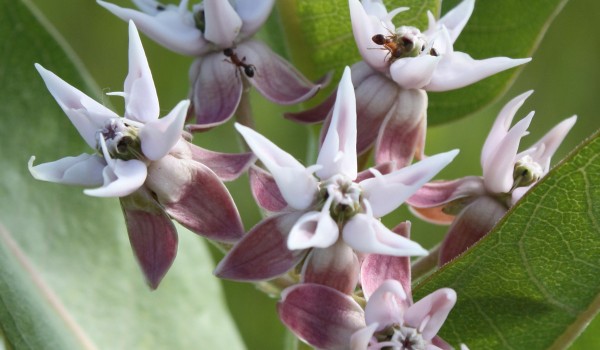
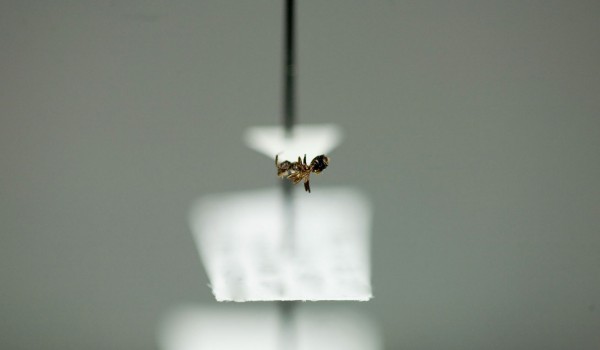
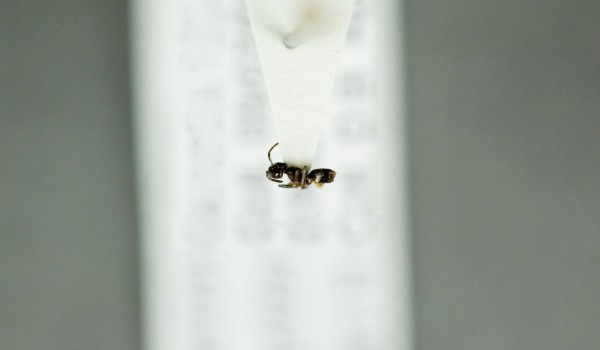
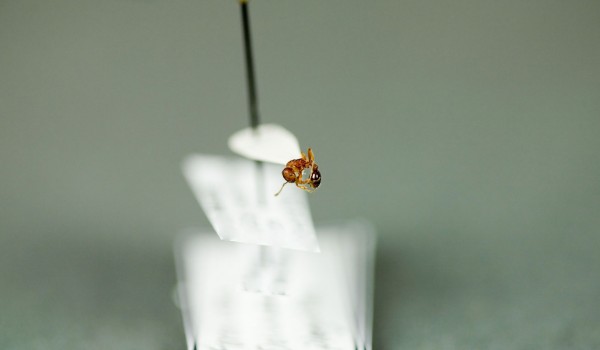
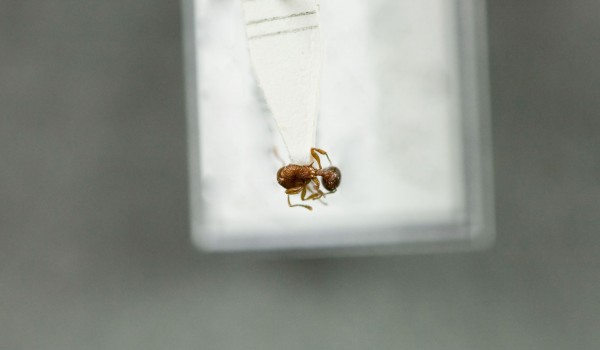
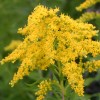 Canada Goldenrod
Canada Goldenrod 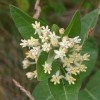 Dwarf Milkweed
Dwarf Milkweed  Heart-leaved Alexander
Heart-leaved Alexander 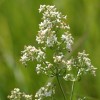 Northern Bedstraw
Northern Bedstraw 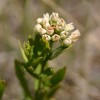 Pale Comandra
Pale Comandra 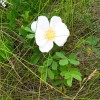 Prairie Rose
Prairie Rose 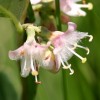 Western Snowberry
Western Snowberry